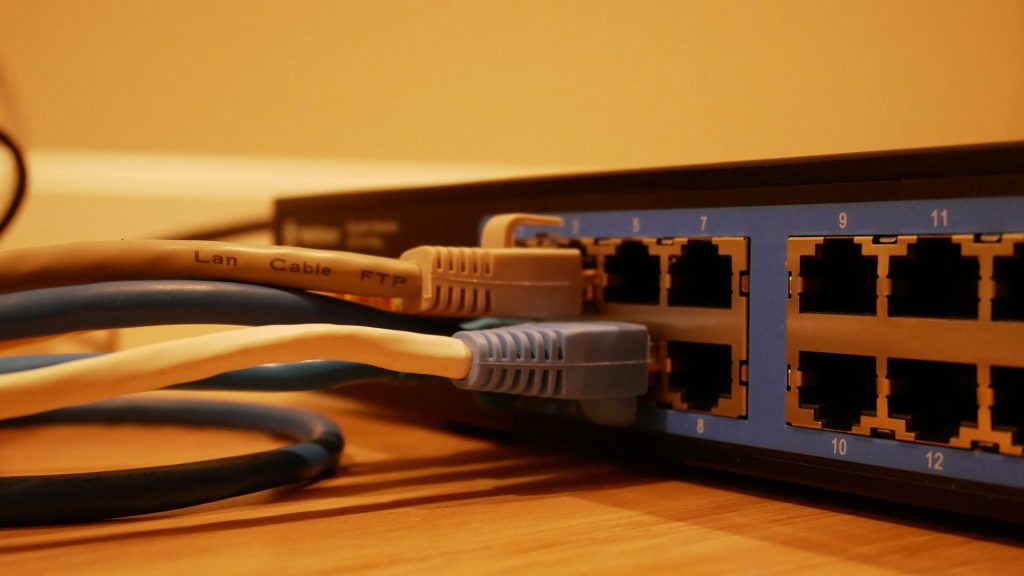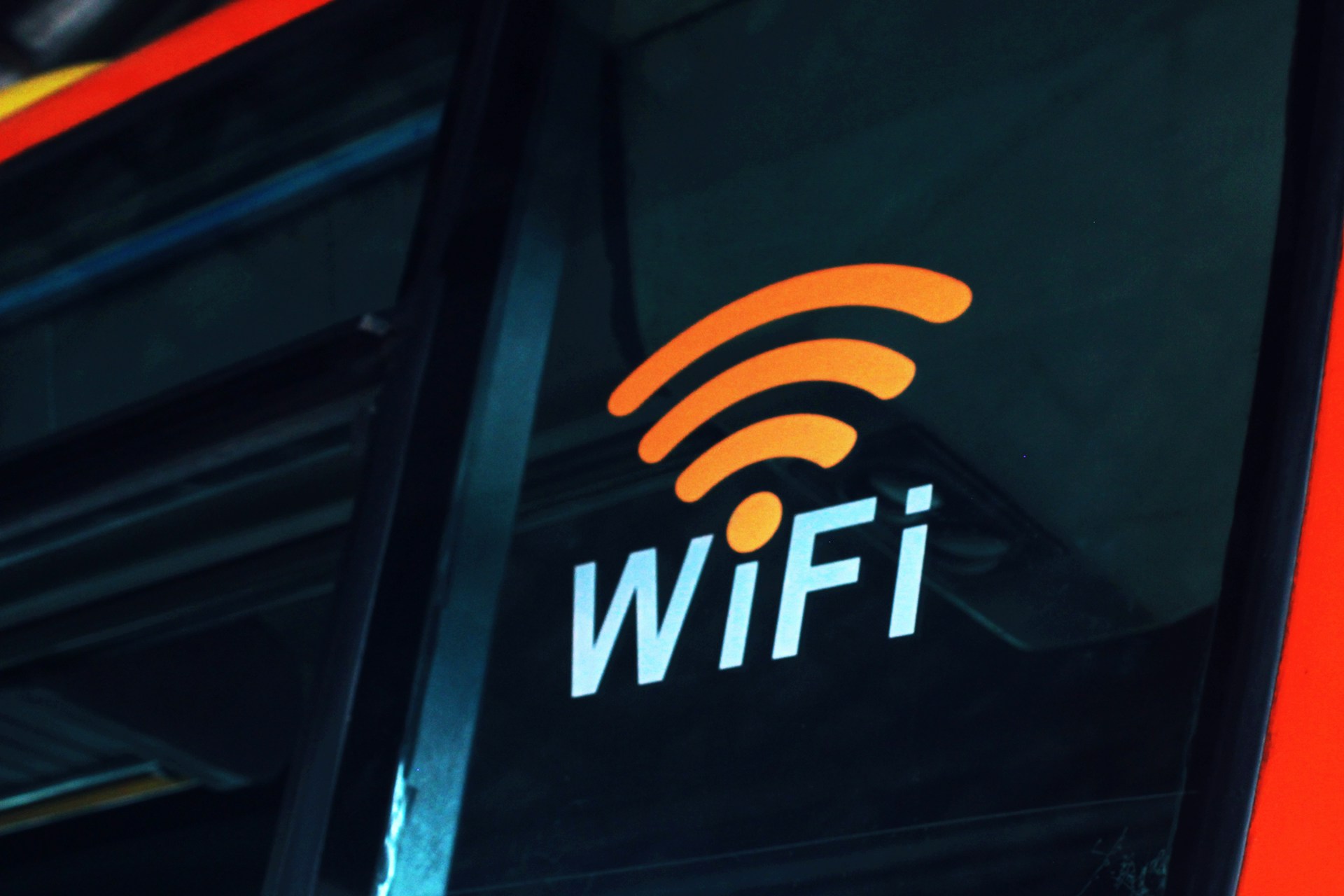In our fast-paced, interconnected world, a sluggish Wi-Fi connection can feel like a major roadblock. Don’t let slow internet speeds disrupt your digital flow. We’ve compiled a list of expert-approved tips to help you turbocharge your Wi-Fi and keep up with the pace of modern life.

1. Turn things off and on again
Start with a simple power cycle. Unplug your modem or wireless gateway, wait for 30 seconds, and plug it back in. This process helps clear any glitches and refreshes the connection. Do the same for your router. Also, turn off and on the Wi-Fi on your devices to ensure a comprehensive reboot.
2. Move your router to a better location
Wi-Fi signals have limitations on how far they can travel. Place your router centrally and elevate it for maximum coverage. Avoid obstructive materials like metal and water, as well as interference from devices such as cordless phones and microwaves.
3. Switch your Wi-Fi frequency band
Modern routers operate on two frequency bands – 2.4 GHz and 5 GHz. Temporary interference on one band may affect your speed. Switch to the other band to see if it improves. The 2.4 GHz band is better for range, while the 5 GHz band offers higher speeds with a shorter range.
4. Adjust your router’s antennas
If your router has adjustable antennas, experiment with their positions. Horizontal placement can extend signals vertically, aiding in multi-floor coverage, while vertical positioning broadens the horizontal reach.
5. Extend your Wi-Fi network
Use Wi-Fi boosters, wired access points, powerline extender kits, or mesh Wi-Fi systems to extend your network’s range. Choose the solution that suits your home’s layout for optimal coverage.
6. Prune unnecessary connections
Reduce bandwidth consumption by disconnecting nonessential devices. Change Wi-Fi passwords and reboot your router to clear out unnecessary connections. Reconnect only the essential devices to streamline your network.

7. Change your Wi-Fi frequency channel
Crowded frequency channels can hinder Wi-Fi speeds. Manually change your channel to avoid interference. Use tools like Wireless Diagnostics on Mac or NetSpot on Windows to identify the best channels and adjust your router settings accordingly.
8. Upgrade to faster internet
If all else fails, consider upgrading to a higher-speed internet plan. Ensure your plan aligns with your online activities and check for any disparities between advertised and actual speeds.
9. Replace your equipment
Outdated routers and modems can be a bottleneck for your network. If you’re using old equipment, consider upgrading to newer models for improved performance. Buying your own equipment might save you money in the long run.
10. Update your router’s firmware
Regularly check for firmware updates on your router. Firmware updates address bugs, optimize performance, and enhance security. Enable automatic updates to ensure your router is always running the latest software.
Bonus Tip 1: Use an Ethernet connection to boost speed
For high-priority devices like desktops, gaming consoles, or smart TVs, use an Ethernet cable for faster and more reliable connections compared to Wi-Fi.
Bonus Tip 2: Use an ad blocker to increase browsing speed
Ad-heavy webpages can consume bandwidth. Install an ad blocker to eliminate unnecessary ads, optimizing your internet bandwidth for faster browsing.

Follow these expert tips, and say goodbye to slow Wi-Fi issues. A faster, more reliable internet connection awaits, ensuring you stay seamlessly connected in our digital age.





